According to UN WTO data, tourist arrivals in July 2023 were just 10% lower than the same month in 2019 and the smallest decline since 2020.
Neither China nor the United States, the world's two largest international tourist markets, has been a major contributor to the global tourism recovery. Middle Eastern countries, including Saudi Arabia and the United Arab Emirates (UAE), have driven the overall recovery, according to Nikkei Asia . The recovery remains relatively slow in the Asia-Pacific region.
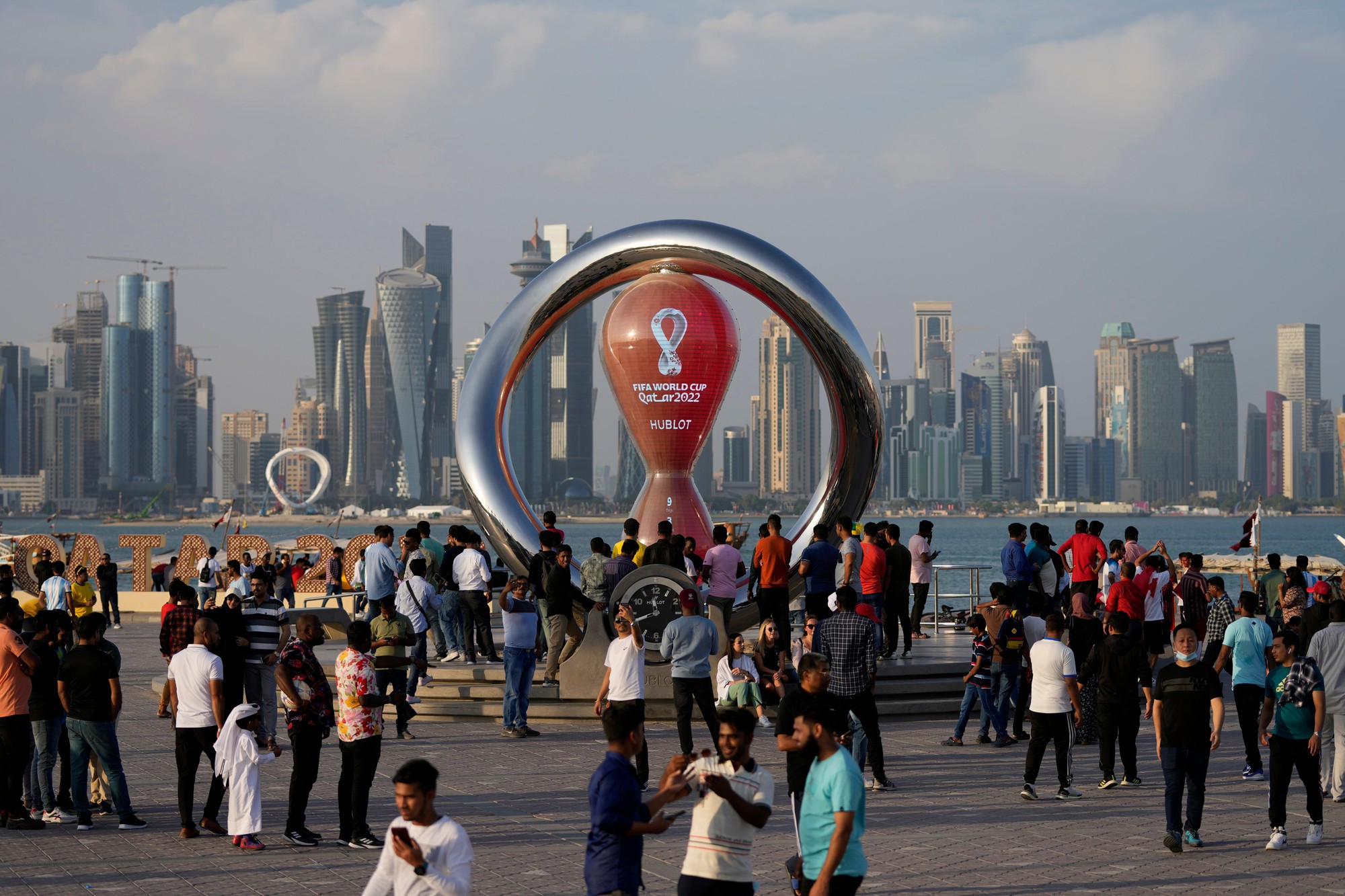
Middle East becomes the only region to post record growth compared to 2019
Specifically, in the first 7 months of the year, it exceeded the same period in 2019 by 20%, making the Middle East the only region to achieve record growth compared to 2019. "The Middle East region witnessed the strongest recovery in tourism and was the first region in the world to recover beyond pre-pandemic levels" - HSBC commented.

Tourists watch the sunset "on the edge of the world", a famous destination in Saudi Arabia
The number of foreign tourists visiting Saudi Arabia increased by about 5.8 million compared to 2019 levels. During the Hajj, the Muslim pilgrimage to Mecca this year, the country received significantly more pilgrims than it did in 2020 and 2022. The surge during the Hajj pushed the total number of foreign tourists in June to exceed 2019 levels by more than 200%.
The United Arab Emirates, Qatar and Jordan also contributed to the overall increase in foreign tourist arrivals in the region. International events, including Expo 2020 Dubai, held from October 2021 to March 2022, and the 2022 FIFA World Cup in Qatar, have attracted more foreign tourists to the region and capital inflows are expected to continue to increase.
In contrast to the Middle East, the recovery in foreign tourist arrivals has been slow in the Asia-Pacific region. Arrivals from January to July were still 39% lower than in 2019, with Hong Kong and Taiwan both down more than 50% from 2019. The recovery in tourist arrivals was also slow in Thailand, a major tourist destination in Asia, due to a weaker Chinese economy.
It is worth noting that Middle Eastern countries are making efforts to boost the number of foreign tourists, aiming to develop this industry into a spearhead industry.
The Saudi Arabian government aims to increase tourism's contribution to gross domestic product to 10% and create 1.6 million jobs by 2030 under Saudi Vision 2030, a program aimed at weaning the country off its dependence on oil.
For this reason, since 2019, Saudi Arabia has been working to develop an environment that facilitates attracting foreign tourists. Measures include issuing tourist visas and establishing a Ministry of Tourism.
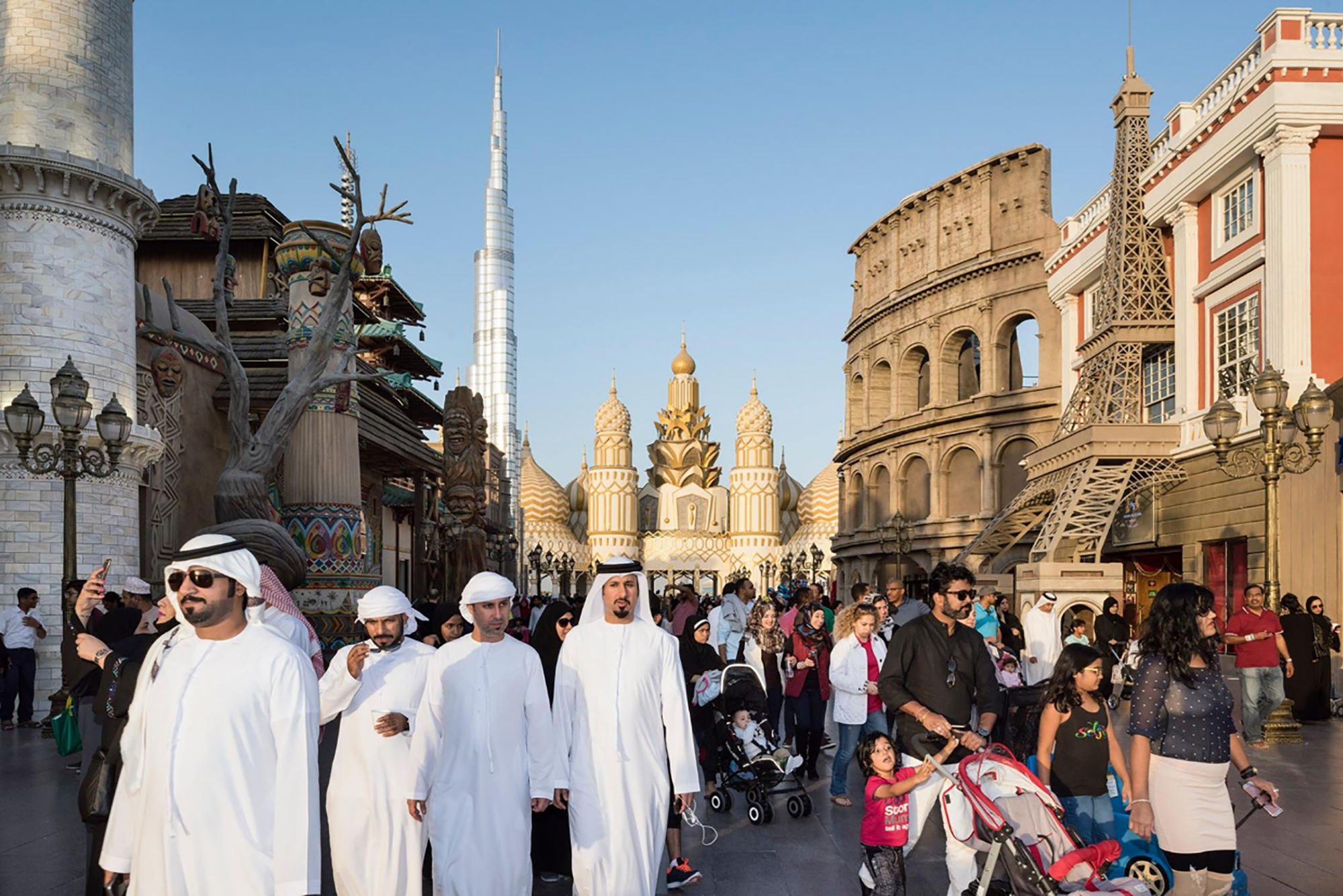
Tourists visit "Global Village" in Dubai
Dubai in the UAE has been working to build hotels and other accommodation facilities as part of efforts to strengthen its role as a hub for tourists, goods and finance, with the aim of becoming the economic hub of the Middle East.
The Middle East's share of global outbound tourism remains below 10%, compared to Europe's 60%, but this means there is still significant room for growth.
According to the UN WTO, tourism investment in the Middle East in 2022 will total $12 billion, surpassing the $10 billion in North America.
Some 700 million tourists traveled abroad in the first seven months of this year, up 43% from a year earlier and the decline from 2019 slowing to 16%. The UN WTO predicts the monthly decline from 2019 could ease to 5% in 2023. While inflation, including pressure from potentially higher oil prices, is a risk, many experts expect global tourist arrivals to surpass pre-pandemic levels by 2024.
Source link













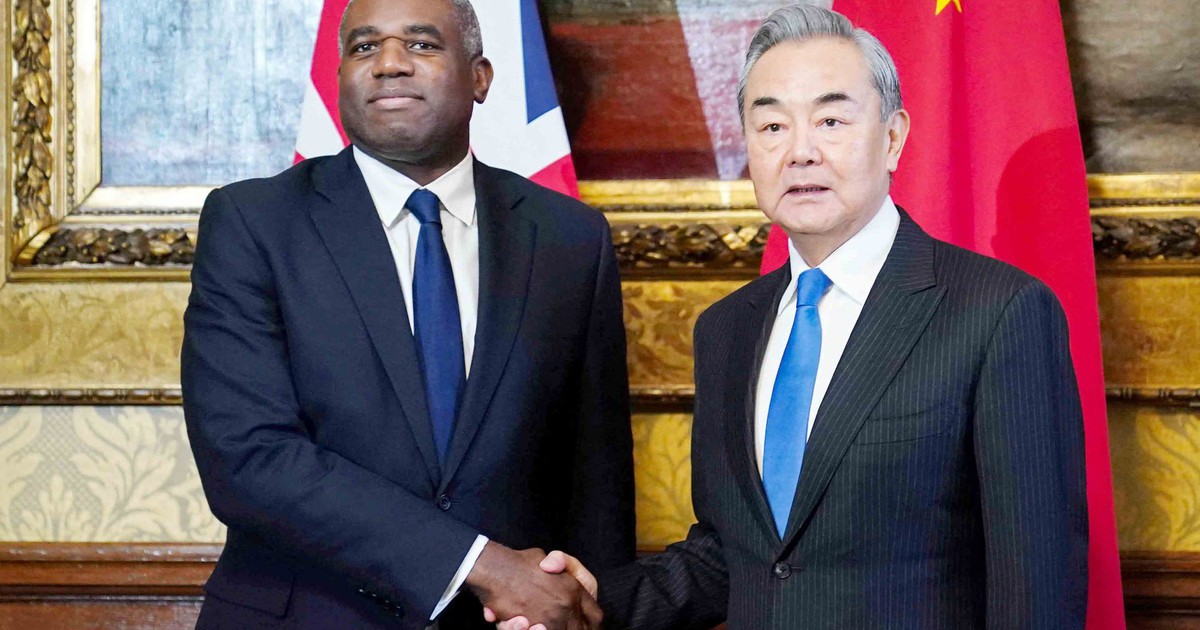































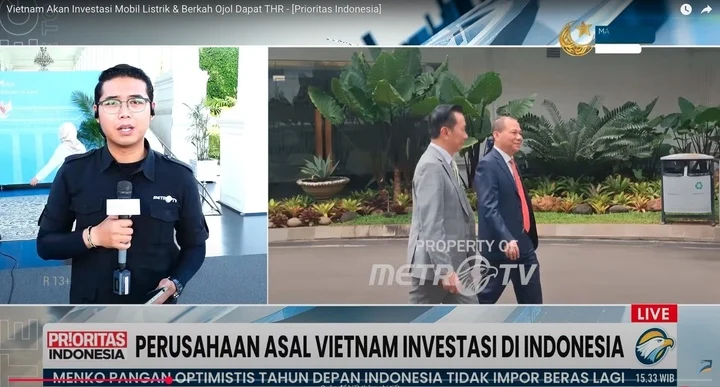










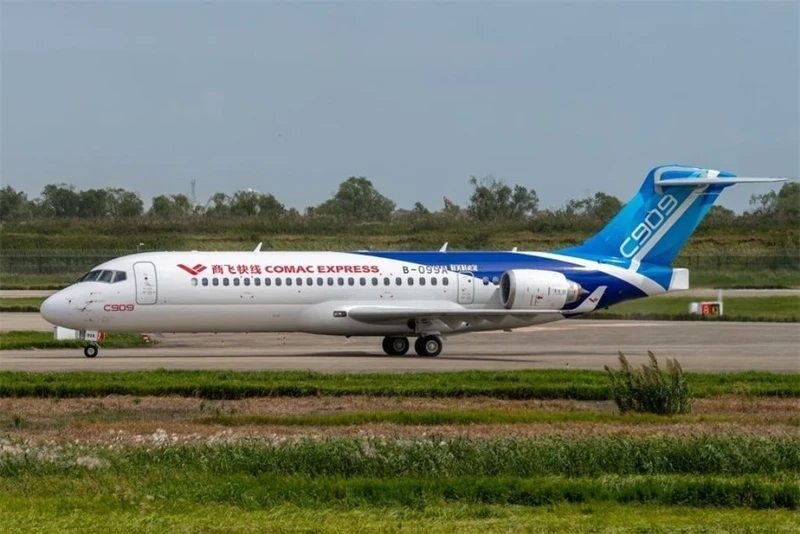



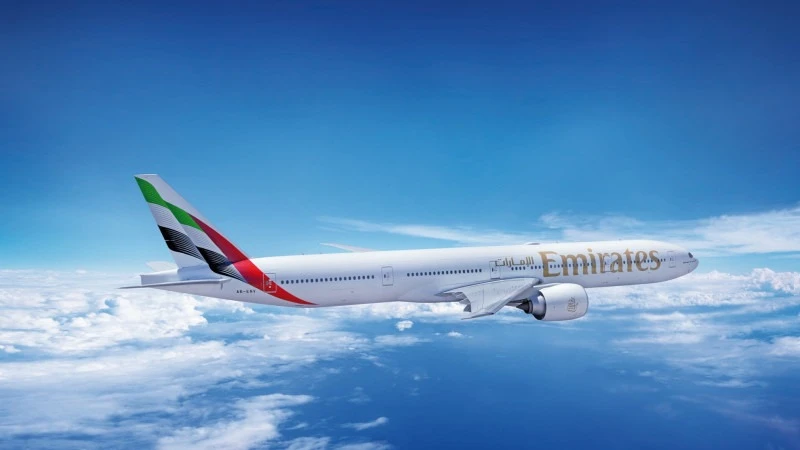














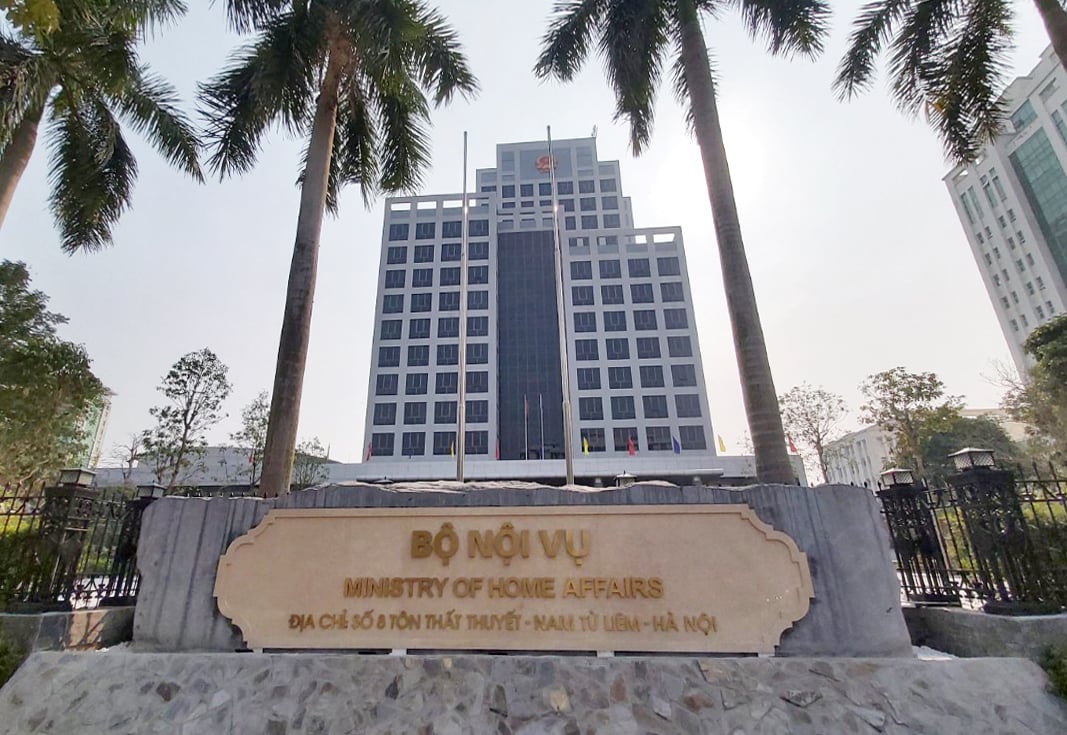













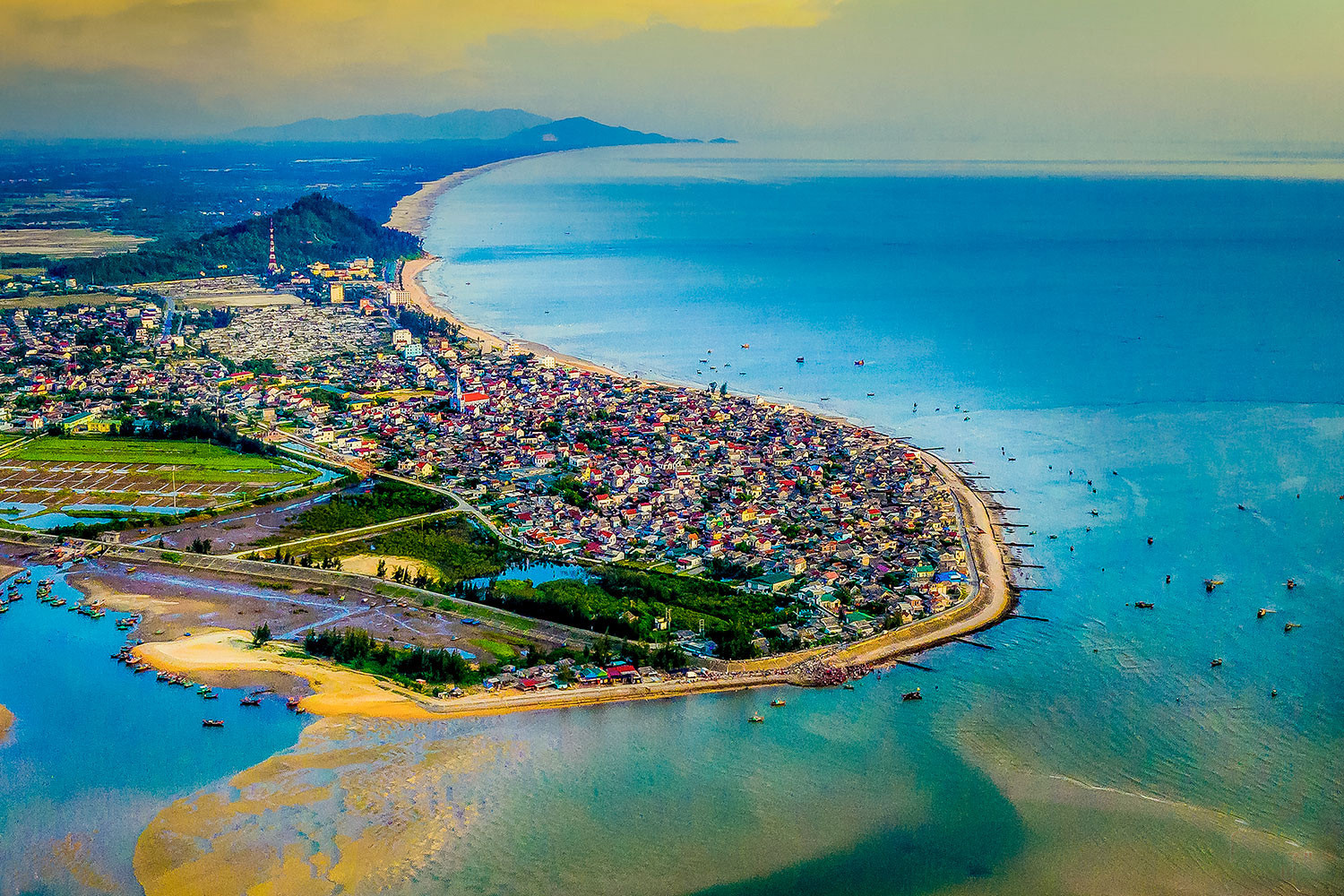

Comment (0)